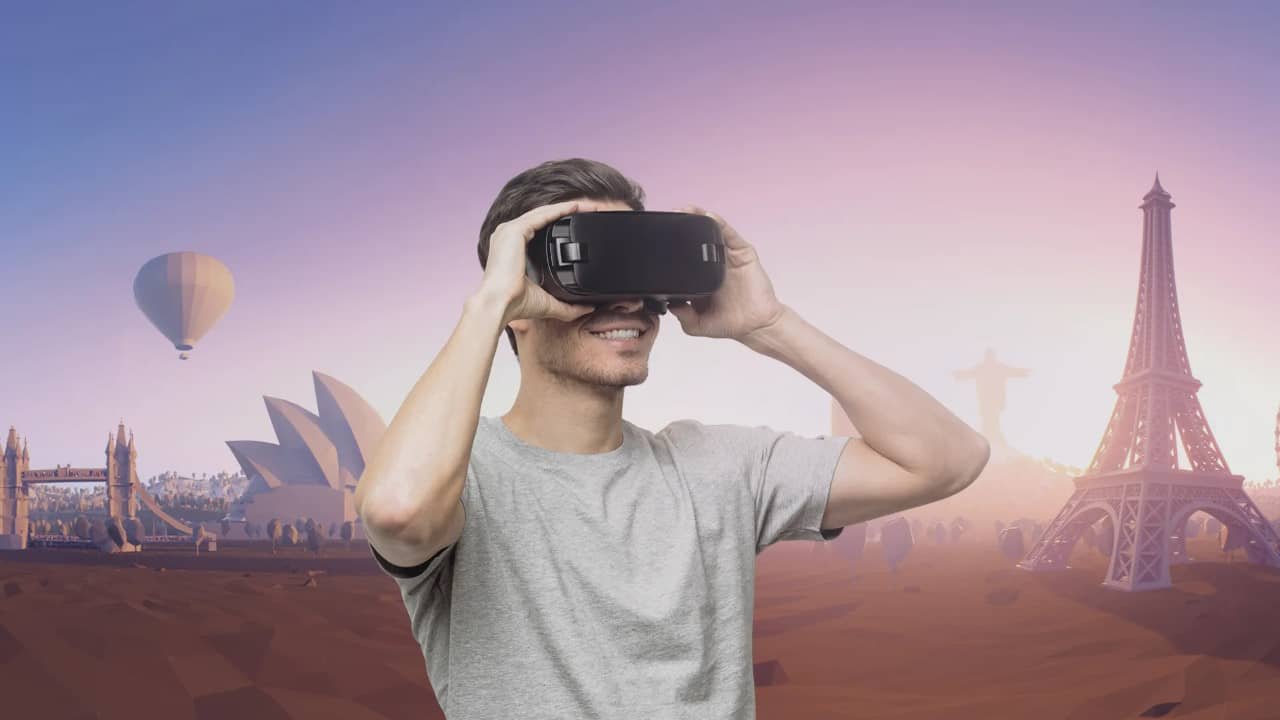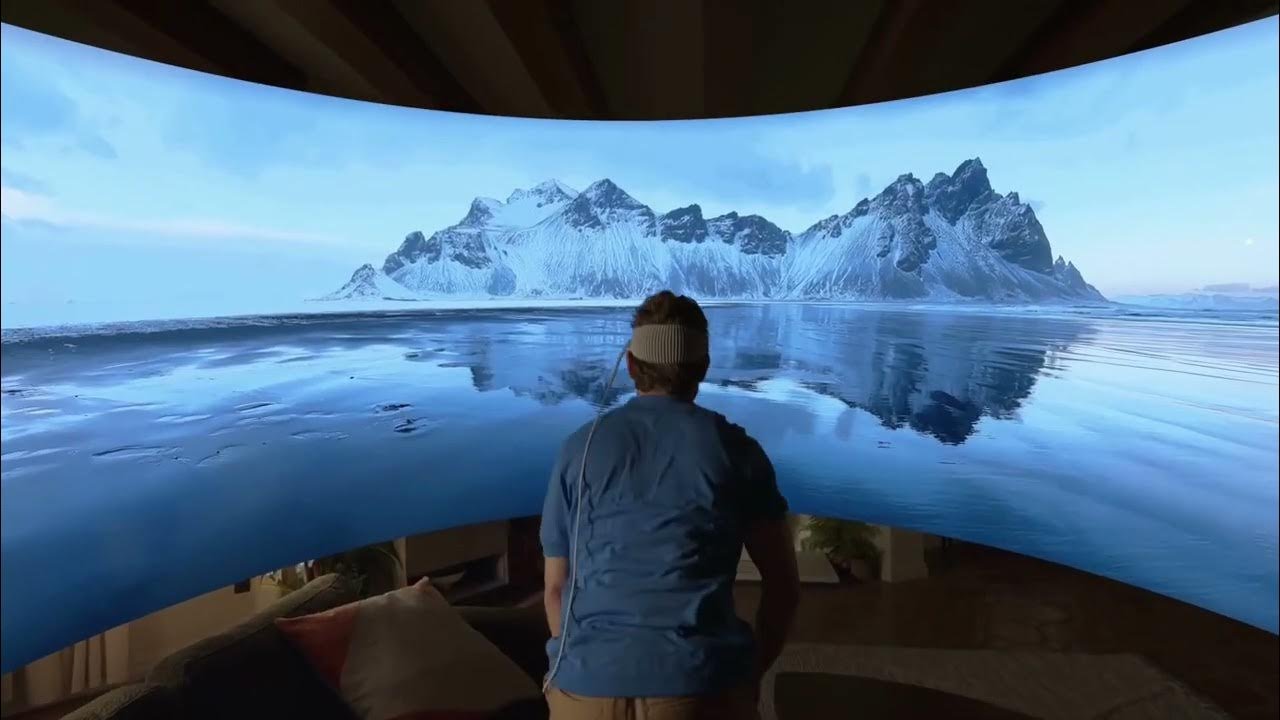Unlock Your Adventure: Augmented Reality in Tourism

AR is an innovative Augmented Reality in Tourism technology that is something new to all aspects of life, travel sectors included. There are a lot of benefits in the integration of AR into tourism starting from cultural exploration enhancement to traveler engagement and safety improvement.

Enhancing Cultural and Historical Sites
One of the major application areas of AR in tourism is improving visits to cultural and historical sites. For instance, through Historypin, you can overlay Augmented Reality in Tourism reality objects on a street map; museum experiences can be enriched using this technology, whereby additional information will be provided during an exhibit or virtual reconstructions.
Virtual Tour Guides
AR is like having a tour guide updating you as you search for new destinations. Whether identifying landmarks, learning about local culture, or navigating unfamiliar streets, tourists using Augmented Reality in Tourism-reality applications are offered invaluable assistance.
Navigation Assistance
AR-enabled maps make it easier for people visiting unknown places to explore them. Superimposing direction signs and points of interest over a real-world environment can reduce the stress many encounter when organizing their trips, enabling individuals to find their way around cities easily.
Benefits of Augmented Reality in Tourism
Immersive Experiences
For example, with its help, one may go back in time to virtually examine past events at historical locations or observe virtual animals among natural landscapes, thus adding up more immersion compared with other traditional senses.

Increased Engagement
Such actions as storytelling provision along with gamified sensations changed passive sightseeing into active traveling around, arousing deeper connections between travelers and visited destinations due to merging realities with digital content available in AR.
Enhanced Safety
AR technology is a helpful tool in ensuring tourists remain safe by offering instant alerts and real-time updates on possible dangers. Tourists can trust an AR-enabled app when traveling through unfamiliar terrain or receiving emergency notifications. This gives them the peace of mind they need during such journeys, guaranteeing their safety.
Case Studies of Successful AR Implementations
Pokémon GO is an example of what could happen when AR meets tourism, as it transformed cities into interactive playgrounds for millions of players across the globe. It merged Augmented Reality in Tourism with gaming mechanics, thus drawing large numbers of participants and foot traffic to local landmarks and businesses, demonstrating AR has the power to boost tourism.
The Louvre Museum’s AR App
The Louvre Museum’s AR App has changed how people interact with art and history. There are immersive experiences and educational materials within the museum walls—virtual tours and interactive exhibits. The application has made visiting museums more enjoyable for all age groups since it simplifies art yet educative.
Future Trends and Innovations
AR Wearables
Wearable devices (for instance, smart glasses) will be the next stage in incorporating digital content into a person’s view. Travelers who own such gadgets will have access to this information without using their hands while immersing themselves in free virtual spaces.

Personalized AR Experiences
Tourism in the future will be characterized by AR technology, with personalized experiences based on individual preferences becoming more common. Through AR, people are able to design their own itineraries for travel based on their personal tastes.
Collaborative AR Platforms
Collaborative AR platforms will facilitate sharing collective memories during group travel, allowing individuals to converse with one another and their immediate environment in real-time. In this case, virtual tours with friends or collaborative scavenger hunts can be undertaken using Augmented Reality in Tourism, encouraging solidarity among travelers and improving the overall travel experience.
Challenges and Limitations
However, despite its potential, several challenges and limitations are faced in using AR in tourism.
Technological Barriers
Network availability and issues of compatibility with devices greatly hinder the integration of Augmented Reality in Tourism into traveling. This means that AR applications could not work well in areas with limited connectivity, such as remote or densely populated regions, resulting in poor user experience.
Privacy Concerns
When tourists’ privacy is invaded through data security breaches at tourist sites, ethical concerns about utilizing AR are raised. Therefore, considering large amounts of data about users collected and processed by various AR applications, securing sensitive information becomes a top priority for programmers and legislators.
Augmented Reality in Tourism Technology has a huge capacity to change the tourism industry, thus offering creative solutions aimed at enhancing global traveling experiences. It ranges from fully immersive cultural experiences to personalized navigation assistance, creating a rich journey that makes it more interesting for tourists because it is safer and more attractive. While many technological changes have been made, the next focus will be on how augmented reality can make tourism even better than it is now for adventurous spirits like these guys.
FAQs
How does AR enhance cultural and historical sites?
AR enhances cultural and historical sites by providing additional information, virtual reconstructions, and interactive exhibits.
What are some examples of AR applications in tourism?
-
- Examples include AR-enabled museum guides, virtual tours of landmarks, and interactive city maps that overlay information onto real-world environments to assist travelers.
How does AR improve navigation for tourists?
-
- AR-enabled maps and navigation apps overlay directional signs and points of interest onto the real world, making it easier for tourists to navigate unfamiliar areas and find their way around cities.
What are the benefits of using AR in tourism?
- The benefits include immersive experiences, increased engagement, enhanced safety through real-time updates, and the ability to personalize travel experiences based on individual preferences.




